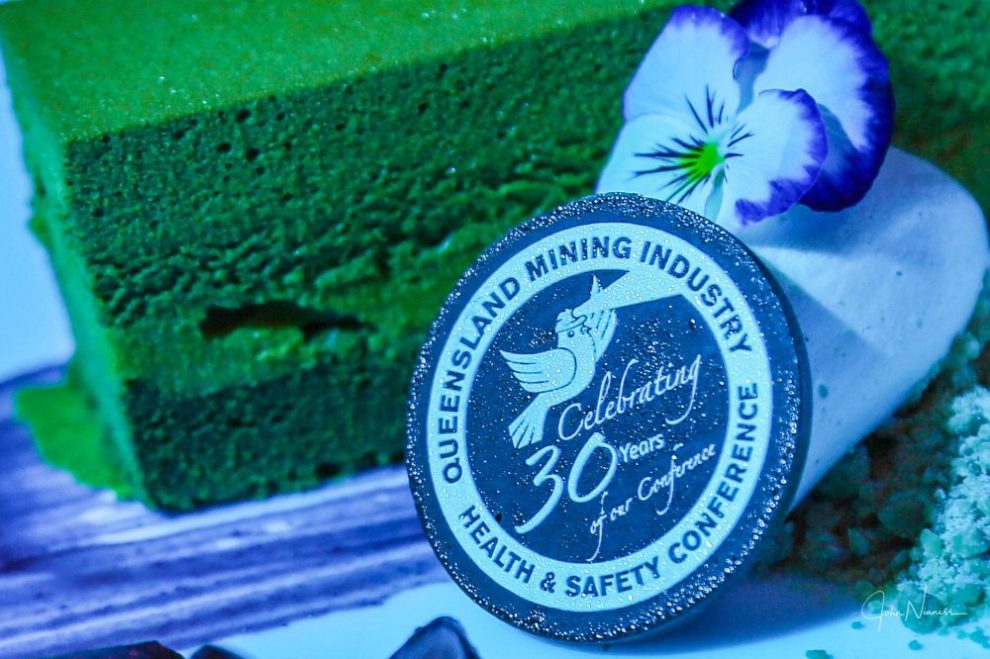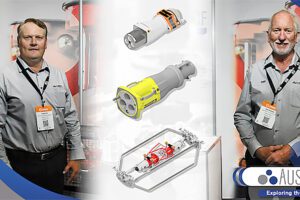On the eve of the closure of one of Queensland’s largest and most successful mine safety conference, Australasian Mine Safety Journal put some questions to the Hon Ian MacFarlane (Chief Executive of the Queensland Resources Council) on his views regarding the progress of mine safety across the Queensland industry.
AMSJ – With respect to Mine Safety in Queensland we all understand that we (Industry, Unions and Governments) have progressed significantly over the last several years, but we have made some mistakes (in particular issues with Pneumoconiosis CWP). Apart from the immediacy with black lung, what do you see as the key safety issues that need to be addressed by the industry over the next 12-24 months?
While most of the recommendations of the Monash report on the Coal Mine Workers Health scheme have been implemented and industry has reduced dust exposure levels, ensuring controls are in place for sustainable protections against all mine dust lung disease remains a priority. We are awaiting the outcomes of an ongoing review of dust exposure levels being undertaken by Safework Australia. These levels need to be based on the best available scientific evidence.
The lesson from CWP is that the critical risks related to the mining process are the same as they have always been. While technology can help us manage those risks we need to remain vigilant. It is important that this conference has focused on the danger associated with changing truck tyres, which is the type of risk that continues to be the most relevant to the mining industry. Other significant issues facing the industry are also societal issues. The dangers posed by impairment as a result of drug use should not be underestimated. The industry needs to be able to apply the most effective ways of testing for drug and alcohol use and ensuring that the substance abuse of some people does not put their workmates at risk. Fatigue is another risk which mining has in common with many other industries.
The dangers posed by impairment as a result of drug use should not be underestimated.
READ RELATED
- Ongoing mine safety issues must be addressed | MP says
- Coal mine workers protest in support of mine dust diseases victims group
- Resources Council Chief denies underlying safety culture problems in the Queensland mining industry
AMSJ – What’s your thoughts in respect of national priorities with mine safety? How can we be more united from a national perspective on mine safety issues?
The industry is very good at sharing relevant information that can improve the wellbeing of its workforce and strongly believes there is no competitive advantage in health and safety. In Queensland, we have one of the most effective risk-based legislative frameworks in the world. We need to maintain that approach – returning to a compliance-based approach will lead to a decrease in safety. We need to do everything we can to foster a no-blame culture. While it is important that anyone who endangers workers through reckless behaviour should be held to account, a prosecutorial approach will only drive a legalistic response which in turn reduces the free transfer of important information that could otherwise help keep other people safe.
AMSJ – Good safety practice has increasingly become a component of a company’s brand, with poor safety performance often affecting a brands value to investors. How can Australia leverage mine safety as a component of our national coal industry brand? i.e clean safe coal.
Ian MacFarlane – Queensland’s resources industry’s excellent safety record speaks for itself, but again – there should not be any competitive advantage in safety. I would rather see every safety initiative our industry develops be used in other countries and protect those workers than have that seen as a selling point for our industry. We need to ensure that our industry remains economically competitive through other means, and I would rather we focused on other factors as our point of difference. While reducing accident and injuries rates is also good for business, the most important thing is that we protect our people. Safety has to be a core value
AMSJ – Some presenters at the conference have alluded to cultural issues with personnel in the Mining industry in Qld, where some across the Industry are still prepared to take risks in order to get the job done in order to satisfy production or personal job satisfaction issues. What are the key cultural safety changes that the industry as a whole must take to mitigate risk from these personnel?
Ian MacFarlane – These kinds of issues are not unique to mining, there are always competing pressures, but safety has to be a core value. That needs to be supported at a personal level, a site and company level, and in the approach followed by the regulator.














Add Comment